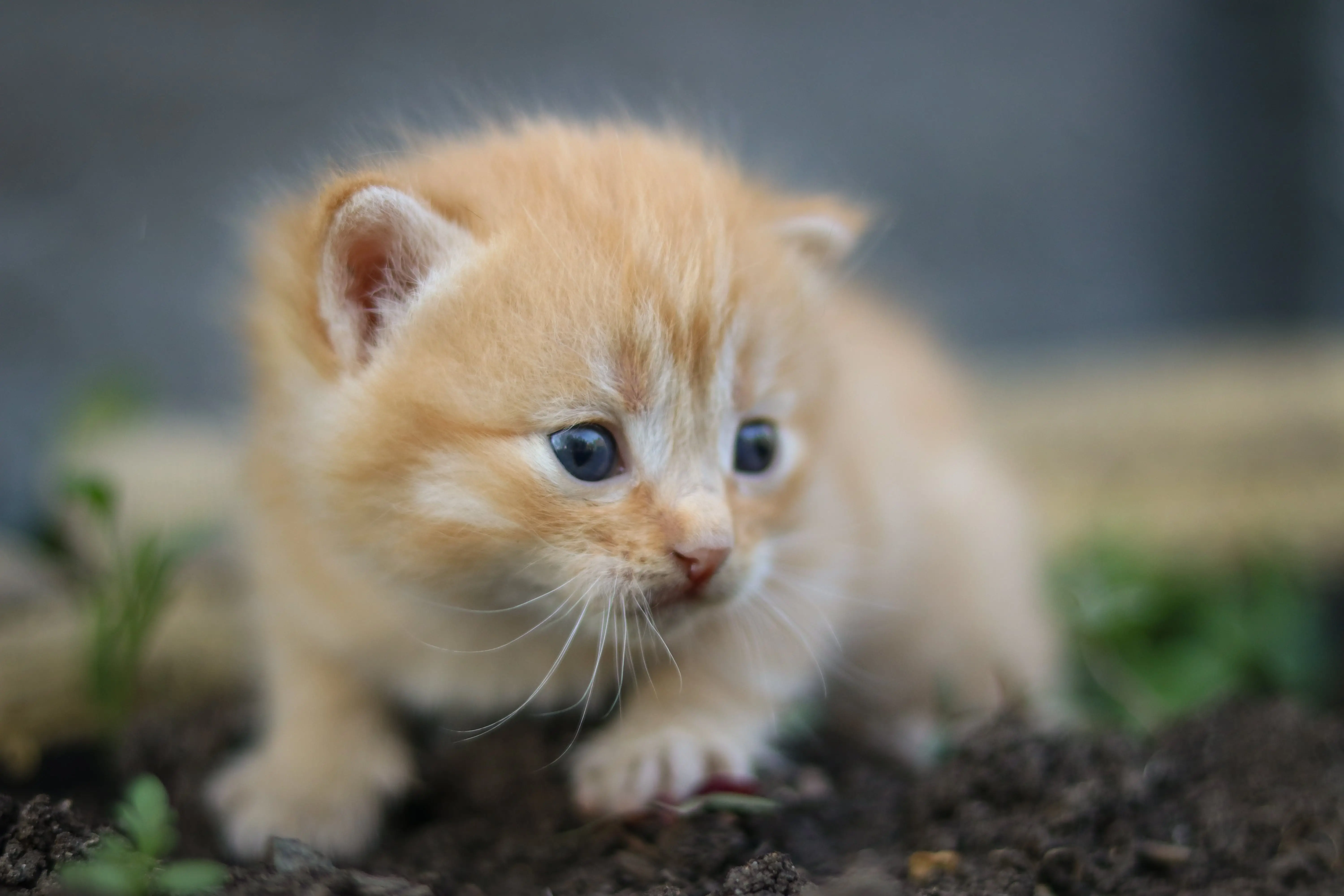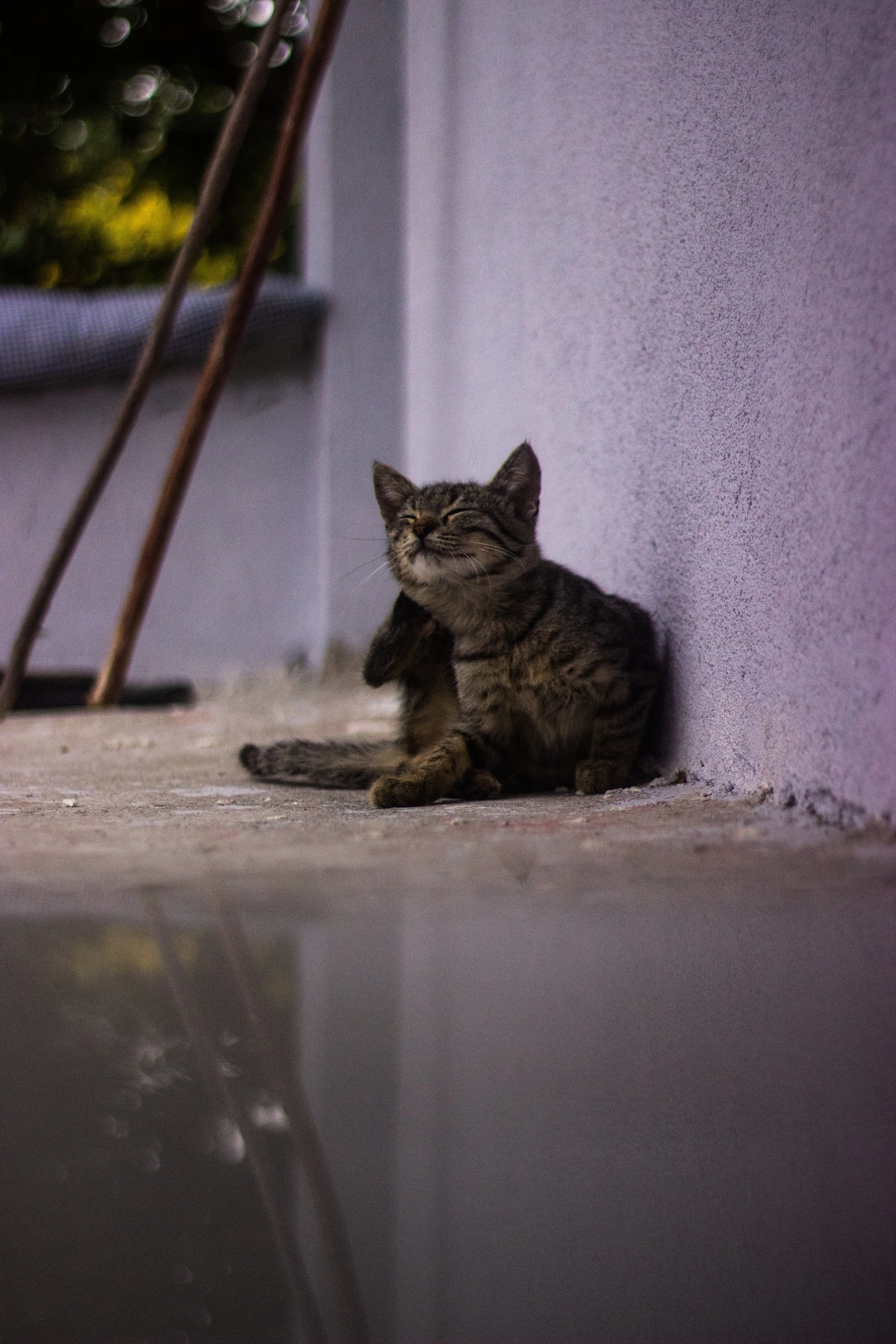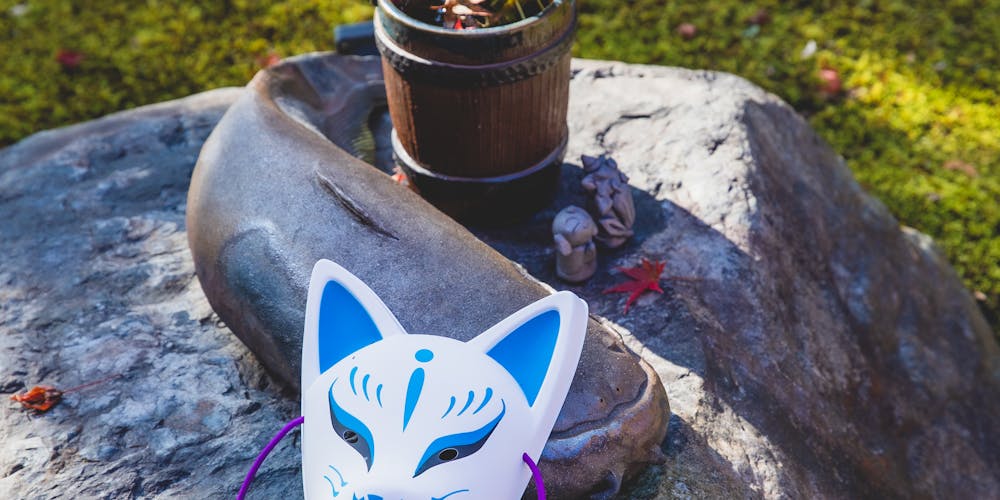- Get link
- X
- Other Apps
- Get link
- X
- Other Apps

Maple the cat, with its fluffy fur and big bright eyes, has captured the hearts of many. As a popular pet choice, cats have become an integral part of many households, providing companionship, love, and entertainment. And among them, Maple the cat stands out with its unique personality and charm. In this comprehensive guide, we will explore everything you need to know about caring for your beloved Maple the cat.
Meet Maple the Cat: A Brief Introduction

Maple the cat is a domesticated feline that belongs to the Felidae family. They are known for their adorable appearance, independent nature, and playful demeanor. Originating in ancient Egypt, cats have been domesticated for thousands of years and have since become one of the most beloved pets in the world.
In recent years, Maple the cat has gained immense popularity on social media. With millions of followers and fans, Maple has become an internet sensation, capturing the hearts of people worldwide. This lovable feline has also inspired fan art, merchandise, and even dedicated Instagram accounts.
But behind the cute and cuddly exterior, there is much more to Maple the cat. From their unique behaviors and needs to their health and nutrition, let's dive into the world of Maple the cat and uncover all there is to know about caring for these adorable creatures.
Understanding Maple the Cat: Personality Traits and Behaviors

Every cat has its own unique personality, and Maple is no exception. However, there are some common traits and behaviors that are found in most cats, including Maple. Let's explore some of these characteristics and how they can affect your relationship with your furry friend.
Independent Nature
Cats are known for their independent nature, and Maple is no different. Unlike dogs, who thrive on human attention and affection, cats prefer to do things at their own pace and on their own terms. This can make them seem aloof or uninterested, but it's just part of their natural behavior.
As Maple's owner, it's essential to understand and respect their need for independence. It's best not to force Maple to do anything they are not comfortable with, as this can cause them to become anxious or aggressive. Instead, give them space and allow them to come to you when they are ready for affection and attention.
Playful and Mischievous
Maple the cat is full of energy and loves to play. You'll often find them chasing toys around the house, pouncing on imaginary prey, or exploring every nook and cranny. This playful demeanor is a natural instinct for cats, as they are natural hunters and need to satisfy their predatory instincts.
However, along with their playful nature, cats can also be quite mischievous. They love to explore and may get into things they shouldn't, such as knocking over objects or scratching furniture. It's crucial to provide Maple with plenty of toys and activities to keep them entertained and prevent destructive behavior.
How to Care for Maple the Cat: A Comprehensive Guide

Now that we have a better understanding of Maple the cat's personality and behaviors let's dive into how to care for them. From nutrition and grooming to exercise and healthcare, here's everything you need to know to keep your Maple happy and healthy.
Nutrition and Diet
Just like humans, cats require a well-balanced diet to stay healthy and thrive. As obligate carnivores, their diet should consist mostly of protein, specifically meat. It's essential to choose high-quality cat food that meets all their nutritional needs.
Additionally, cats have specific dietary requirements and should not eat certain foods, including chocolate, garlic, onions, and grapes. It's crucial to research and consult with a veterinarian about the best diet for your Maple, taking into account their age, weight, and any health conditions.
Grooming and Hygiene
Maple the cat takes great pride in their appearance and will often spend hours grooming themselves. However, they still need some assistance from their owners to maintain a healthy coat and good hygiene. Regular brushing, nail trimming, and ear cleaning are essential for all cats, including Maple.
Depending on their breed, Maple may require different levels of grooming. For long-haired breeds, daily brushing is necessary to prevent matting and hairballs. Short-haired cats may only require weekly brushing. It's important to also keep an eye out for any skin or coat issues that may arise and consult with a veterinarian if needed.
Exercise and Playtime
As mentioned earlier, Maple the cat has a playful nature and requires plenty of physical activity to stay healthy and happy. Indoor cats, in particular, need extra stimulation to prevent boredom and destructive behaviors.
Providing Maple with toys and activities such as scratching posts, puzzle feeders, and laser pointers can help satisfy their natural instincts and keep them entertained. Additionally, regular playtime sessions with their owners can strengthen the bond between Maple and their human companions.
Health and Wellness: Keeping Your Maple in Top Shape

Just like any other pet, Maple the cat requires regular healthcare to ensure they remain in good health. Along with a nutritious diet and regular exercise, it's essential to schedule annual check-ups with a veterinarian and keep up-to-date with vaccinations and preventative care.
Additionally, cats are prone to certain health issues, such as dental problems, obesity, and urinary tract infections. It's important to monitor Maple's health closely and seek medical attention if you notice any changes in their behavior or appearance.
Comparing Maple the Cat to Other Feline Breeds
While Maple the cat may have its unique traits and characteristics, there are many other breeds of cats that have different personalities and needs. Some of the most popular cat breeds include Siamese, Persian, Bengal, and British Shorthair.
Each breed has its own distinct traits, such as the Siamese's vocal nature or the playful nature of the Bengal. When considering adopting a cat, it's crucial to research the different breeds and their needs to find the best fit for your lifestyle and preferences.
Tips and Tricks for Living with Maple the Cat
Now that you know all about caring for your furry friend, here are some additional tips and tricks to make living with Maple even more enjoyable:
- Keep a regular schedule for feeding, playtime, and grooming to help Maple feel secure and comfortable.
- Cats love routine, so try to keep their environment as consistent as possible to prevent stress and anxiety.
- Provide plenty of hiding spots and vertical spaces for Maple to explore and feel safe.
- Invest in a good scratching post to prevent Maple from scratching furniture and carpets.
- Regularly clean and maintain litter boxes to prevent accidents and keep Maple's environment clean and hygienic.
Frequently Asked Questions: Answering Your Top Queries About Maple the Cat
What is the average lifespan of a domestic cat?
The average lifespan of a domestic cat is between 12-15 years, although some cats can live up to 20 years.
Are cats low-maintenance pets?
While cats may seem low-maintenance compared to dogs, they still require plenty of care and attention. They need daily grooming, regular exercise, and healthcare to remain healthy and happy.
Can cats be trained like dogs?
Cats have a reputation for being difficult to train, but with patience and positive reinforcement, they can learn basic commands and behaviors. However, it's important to understand that cats have their own personalities and may not always respond to training like dogs do.
Should I let my cat roam outside?
It's generally recommended to keep cats indoors for their safety and to prevent them from harming wildlife. However, if you do choose to let your cat roam outside, make sure they are microchipped and have a collar with identification tags.
What should I do if my cat stops eating?
A sudden loss of appetite can be a sign of an underlying health issue and should be taken seriously. If your cat stops eating for more than 24 hours, it's best to consult with a veterinarian to rule out any potential problems.
Conclusion: Maple the Cat - A Furry Bundle of Joy
In conclusion, Maple the cat is more than just a cute and cuddly companion. They have their own unique personality and behaviors that require attention and understanding from their owners. By providing proper care and nutrition, regular exercise and playtime, and healthcare when needed, you can ensure that your beloved Maple lives a happy and healthy life by your side. So, whether you already have a Maple in your life or are considering adding one to your family, we hope this guide has provided you with all the information you need to give your feline friend the love and care they deserve.
- Get link
- X
- Other Apps
family of kittens cats for families
Comments
Post a Comment